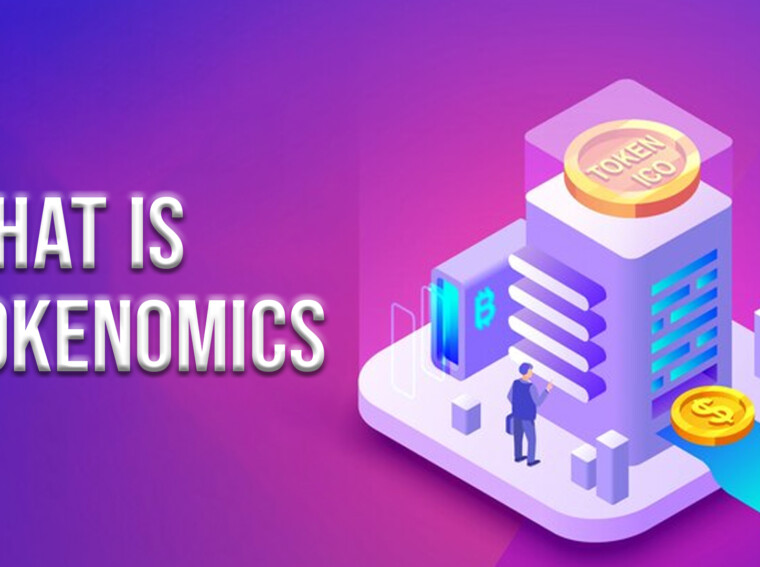It is recommended that you research a cryptocurrency before investing in it to control the risk connected with your investment. Such a study necessitates a close examination of the coin’s essential elements. Investors can also purchase tokens in addition to Bitcoin coins. Thus, they are not restricted. These tokens are also valuable. Tokenomics is determining whether or not to invest in a given token.
Tokenomics blurs the distinction between “token” and “economics.” It entails delving into the reasons behind a token’s value and price. Tokenomics offers a solution to the economizing issues with tokens and their use in blockchain technology by examining numerous elements that make up the cryptocurrency ecosystem. Let’s first take a quick look at tokens before exploring the world of tokenomics.
What are Tokens?
Tokens are units with a value based on their qualities and are used for a specific purpose. Typically, tokens are viewed as valuable objects that have additional goals beyond serving as money. For instance, since they can be exchanged for other items or used to attend a football game, football tickets can be considered tokens.
In a similar vein, tokens are also included in cryptocurrencies. These tokens are not limited to being used as trading assets; they can serve various purposes inside a network. With the introduction of Ethereum, the idea of tokens in cryptocurrencies expanded significantly.
The first blockchain system that provided users with more decentralized services than just transactions was the Ethereum network. These decentralized services in the Ethereum network need tokens, just like transactions need money to be completed. These are referred to as ERC-20 tokens on the Ethereum network.
Classification of Tokens
Based on layers
- Layer 1 tokens may power every service on a given blockchain because they are its native assets. Bitcoin (BTC) and Ether (ETH) on the Ethereum network are examples of Layer 1 tokens in cryptocurrencies.
- Layer 2 tokens are used for decentralized applications within a network. OMG tokens, for instance, are Layer 2 since OmiseGO, a decentralized project running on the Ethereum network, uses them.
Based on their use
- Investment contracts are seen as having security tokens. To qualify as investment contracts, these tokens must involve a financial investment, financial success, a common enterprise, and computational work from others. The Howey Test is the name of this contract verification procedure. As a result, security tokens are those that pass the Howey Test. A security token would function like Siafunds (SF), which operates on the Sia network.
- Utility tokens are those tokens that guarantee a network’s funding. To acquire project development funds, utility tokens are often given via an initial coin offering (ICO). As an illustration, the Basic Attention Token (BAT), a utility token, was initially released through an initial coin offering. Now, the Brave browser, which uses the Ethereum network, offers decentralized advertising.
Based on fungible and non-fungible:
- Fungible tokens can be replicated and yet have the same value. You can exchange one ETH for another since they are all of equal value because fungible tokens are identical for everyone.
- The non-fungible tokens (NFTs) do not, however, all have the same value because each one is distinct. NFTs typically comprise tokenized goods like art, collectibles, real estate, and photographs. NFTs are unique and cannot be replicated. As a result, they might be worth more than fungible tokens.

